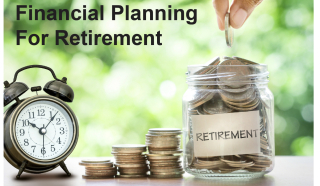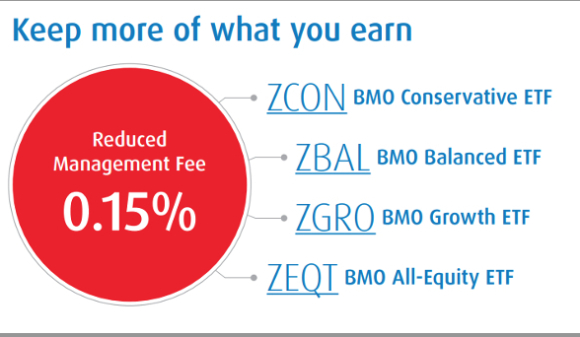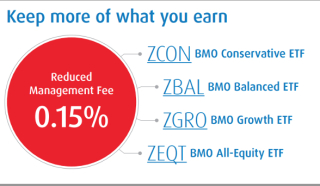Invest
For a Limited Time, Subscribe to the Digital Version of Canadian MoneySaver for Only $15* and Enjoy Everything that the Best Independent Personal Resource Has to Offer!

Ellen Roseman speaks to Fred Vettese, author of "Retirement Income For Life; Getting More Without Saving More", 3rd Edition. They talk about Old Age Security, the Canada Pension Plan, attitudes around retirement and the fear of outlasting your nest egg.

Momentum investing or buying a stock that has outperformed the market in hopes it continues to do so, is often regarded as a high-risk strategy. The outperforming company’s share price reflects optimism that could easily turn to disappointment at the slightest financial setback, and only continued good news can keep the shares from plunging.

Registered Education Savings Plans (RESPs) are designed to help Canadian parents save for their children’s post-secondary education. An RESP is a savings account that a parent, guardian, grandparent or other relative/friend (called a subscriber) over the age of 18 can open for a child under the age of 18 (called the beneficiary). An RESP can be used to cover any education-related expenses once enrolment in a qualifying post-secondary program can be confirmed. Eligible expenses can include tuition, books and transportation. The federal government provides a 20% Canadian Education Savings Grant (CESG) grant on the first $2,500 contributed annually, up to a lifetime maximum of $7,200 per child. Low- and middle-income families can also qualify for up to $2,000 from the Canadian Learning Bond (CLB).

It’s not exactly a newsflash that buying a first home in today’s Canada is only a pipedream for many. Prices soared to new highs across the nation during the heights of the Covid pandemic and, although we are now well off of those highs, the subsequent rampant run-up in interest rates has vastly decreased how much potential buyers can and should borrow. Making things even worse, 2022’s stock market decline chipped away at many potential down payments and the current stratospheric level of inflation means that a portion of many pay cheques earmarked towards home savings have been diverted to things like gas and groceries. The reality is that for many young Canadians, their only chance of getting into the housing market any time soon is from either playing the lottery or with a little help from someone else.






